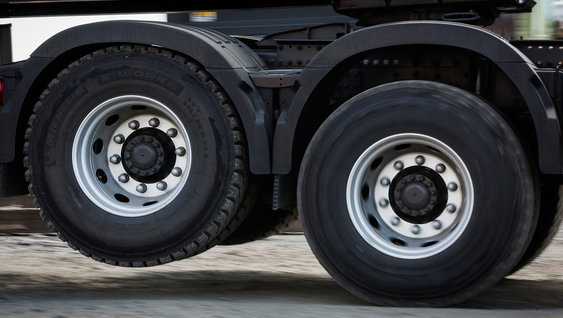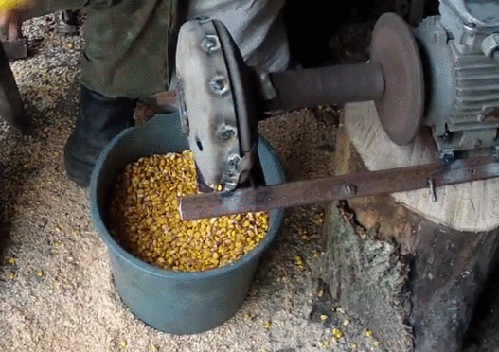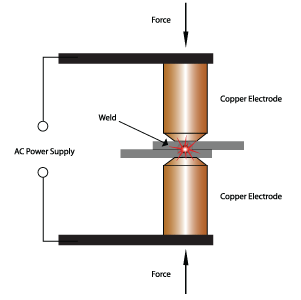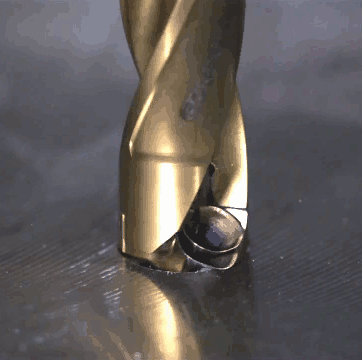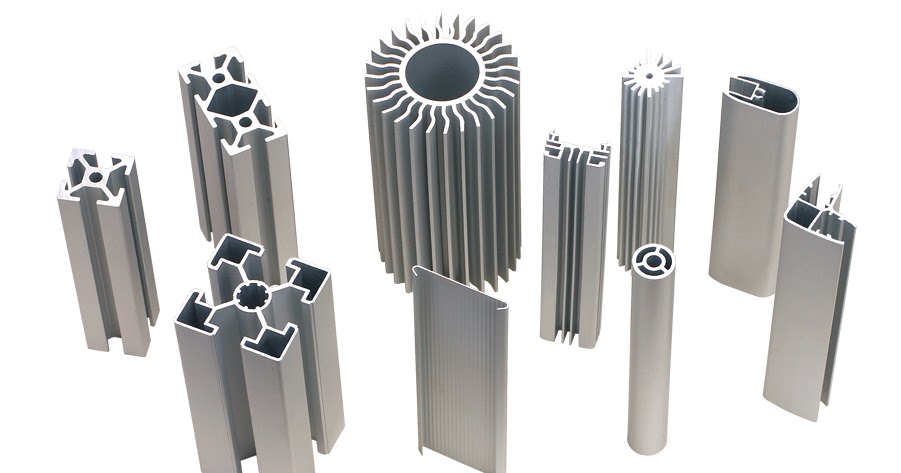Lathe: A versatile turning machine
The #lathe is among the most widely used and important #industrial machines in the field of industry and manufacturing. It is a #machine that rotates the workpiece around a spindle to perform a variety of operations, such as cutting, grinding, knurling, drilling, shaping, and turning. We will take an overview of the concept of operating a lathe, its components, risks, benefits, and examples of lathe work, in addition to touching on the different types of lathes.
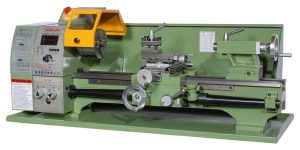
Lathe operation:
Lathe work is the process of shaping metal using a lathe. This is done by holding the piece of metal (workpiece) on the lathe spindle and rotating it at a specified speed, while cutting tools are used to remove excess material and shape the piece to the desired shape.
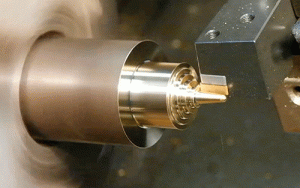
Lathe components:
- Spindle: It is the component that rotates the workpiece. Its rotation speed can be changed to adjust the turning process.
- Cutting Tools: They usually consist of solid cutting tools designed to precisely remove metal from the workpiece.
- Bed: It is the main body of the lathe that holds the spindle and the workpiece.
- Center (Tailstock): It is used to support the workpiece from the opposite side of the spindle.
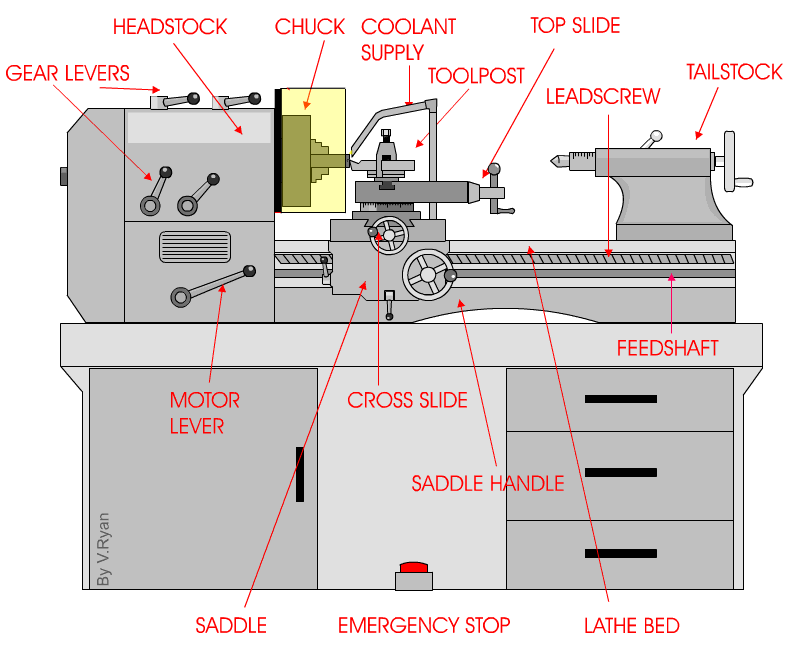
Lathe risks:
Despite the benefits of a lathe, it does include some risks, such as the risk of injury to the cutting tool, the risk of slipping during operation, and the risk of injury to rotating lathe parts. Therefore, you must always take appropriate safety measures and wear protective clothing while working.
Benefits of lathing:
- Forming and designing parts with high precision.
- Achieve flat surfaces and complex turns.
- Manufacture of parts compatible with standards and specifications.
Examples of turning works:
- Manufacture of nails and axles
- Forming metal parts in the automobile industry.
- Manufacture of precision parts for the aircraft industry.
Types of lathes:
- Horizontal Lathe: Where the workpiece is installed horizontally and rotates around a horizontal axis.
- Vertical Lathe: Where the workpiece is installed vertically and rotates around a vertical axis.
- Traditional lathe: It is used for general lathe work and includes horizontal and vertical lathes.
- CNC Lathe: It allows full computer control and is used in precision manufacturing and complex work.
In conclusion, the lathe is a key machine in the production and manufacturing industry, contributing to the precise shaping and design of parts according to specific needs and specifications. By understanding the basics of lathe operation and its importance, you can exploit this machine effectively in your field.
Rsourses : https://en.wikipedia.org/wiki/Lathe

